'Love Gardens / Forbidden Fruit' at the Cleveland Museum of Art
The Lovers (after the Housebook Master) (detail), c. 1490. Wenzel von Olmütz (Moravian, active 1481–97). Engraving; sheet: 16.9 x 11.3 cm. The Cleveland Museum of Art, Purchase from the J. H. Wade Fund, 2010.262.
CLEVELAND - Before the advent of landscape as an independent genre in European art (a development usually placed in the 1600s), depictions of the natural world appeared on the borders of manuscripts and as the backdrop for portraits, devotional works, and biblical narratives. In these contexts, nature held symbolic and metaphorical meanings tied to natural cycles, God’s generative power, Christian spirituality, and human love. Ranging from the Garden of Eden and courtly love gardens to the biblical deluge, prints and drawings in Love Gardens / Forbidden Fruit highlight humankind’s fraught but interdependent relationship with the natural world. The 60 works on paper in the exhibition, spanning the late medieval through the Renaissance periods (about 1460 to 1600), are assembled entirely from the CMA’s collection.
The Garden of Eden was the prototypical landscape for European artists, and the many themes of the Genesis story—such as creation, fertility, procreation, and sin—inform images throughout the exhibition. For example, prints portraying the Virgin Mary in an “enclosed garden” characterize her purity and chastity but also her fertile womb; in other cases, verdant gardens are places for illicit encounters and the exploration of carnal love. Nature’s simultaneously nourishing and destructive dynamic also features prominently throughout the exhibition. Hermit saints retreat to the wilderness to strengthen their connection to God; yet, for some, the wilderness holds the potential for spiritual temptation, despair, and physical peril. Other images explore how landscape provides the metaphorical ground for the journey through life, but one that is rife with challenging terrain—and likely pitfalls. Using the new medium of printmaking as well as drawing, and with increasing attention to realistic renderings, Renaissance artists created images in which nature and its many meanings profoundly resonated with contemporary life. Love Gardens / Forbidden Fruit examines these themes through works by some of the era’s most significant artists, including the Master E. S., Martin Schongauer, Albrecht Dürer, Fra Bartolommeo, Titian, Jacopo de’ Barbari, Giulio Campagnola, Giorgio Ghisi, Nicolò Boldrini, Albrecht Altdorfer, and Pieter Bruegel the Elder.
Sun, 07/02/2023 to Sun, 10/29/2023
The Lovers (after the Housebook Master), c. 1490. Wenzel von Olmütz (Moravian, active 1481–97). Engraving; sheet: 16.9 x 11.3 cm. The Cleveland Museum of Art, Purchase from the J. H. Wade Fund, 2010.262.
Venus Reclining in a Landscape, c. 1508–9. Giulio Campagnola (Italian, c. 1482–after 1515). Engraving; 11.9 x 18.3 cm. The Cleveland Museum of Art, Gift of the Print Club of Cleveland, 1931.205.
The Garden of Love, c. 1465. Master E. S. (German or Swiss, active c. 1450–67). Engraving; 23.5 x 15.8 cm. The Cleveland Museum of Art, John L. Severance Fund, 1993.161.
Adam and Eve, 1504. Albrecht Dürer (German, 1471–1528). Engraving; 25 x 19.2 cm. The Cleveland Museum of Art, Dudley P. Allen Fund, 1944.473.
The Submersion of Pharaoh’s Army in the Red Sea, 1514–15, printed 1549. After Titian (Italian, c. 1488–1576). Woodcut; 40 x 55 cm. The Cleveland Museum of Art, John L. Severance Fund, 1952.296.1–12.
River Landscape with Five Bare Spruce Trees in the Foreground, 1549. Augustin Hirschvogel (German, 1503–1553). Etching; 14.5 x 17.3 cm. The Cleveland Museum of Art, John L. Severance Fund, 1951.491.

/https%3A%2F%2Fprofilepics.canalblog.com%2Fprofilepics%2F1%2F0%2F100183.jpg)
/https%3A%2F%2Fstorage.canalblog.com%2F03%2F02%2F119589%2F96711876_o.jpg)
/https%3A%2F%2Fstorage.canalblog.com%2F11%2F31%2F119589%2F94773502_o.jpg)
/https%3A%2F%2Fstorage.canalblog.com%2F20%2F83%2F119589%2F94772815_o.jpg)
/https%3A%2F%2Fstorage.canalblog.com%2F26%2F72%2F119589%2F75604929_o.jpg)
/https%3A%2F%2Fstorage.canalblog.com%2F59%2F60%2F119589%2F26458628_o.jpg)
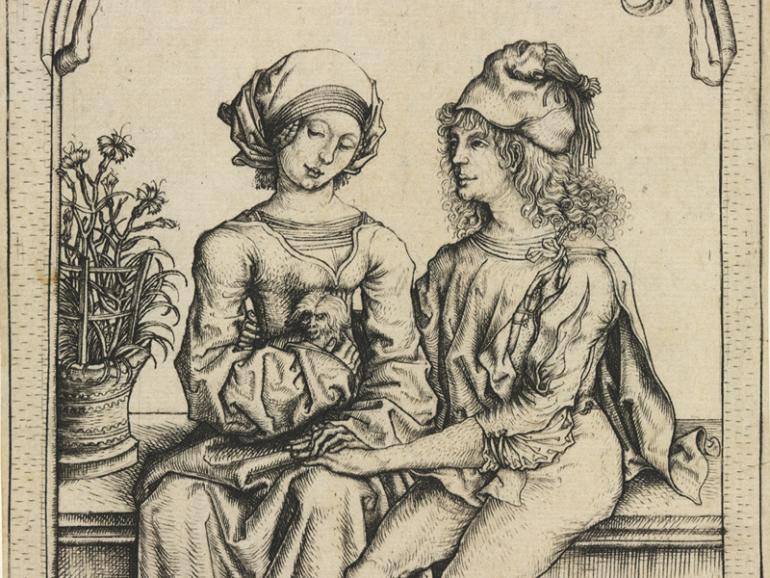

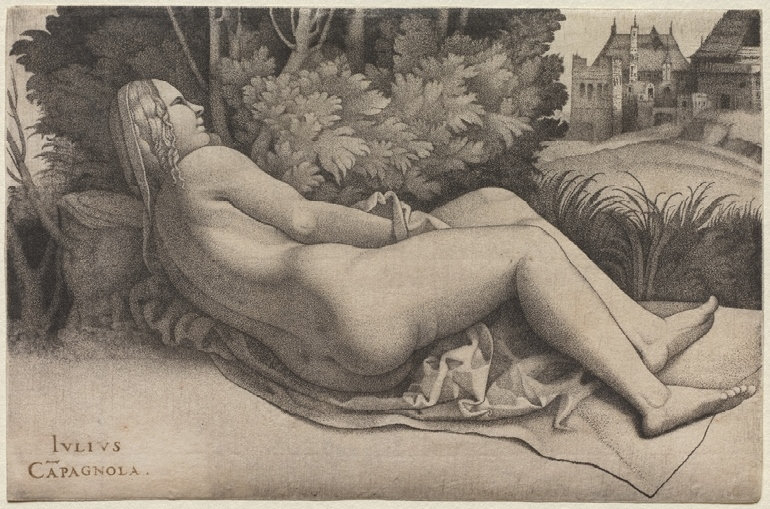
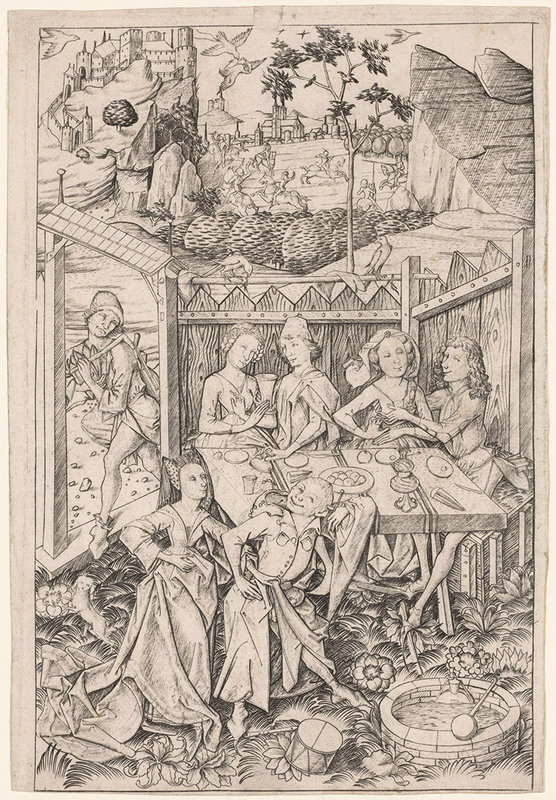
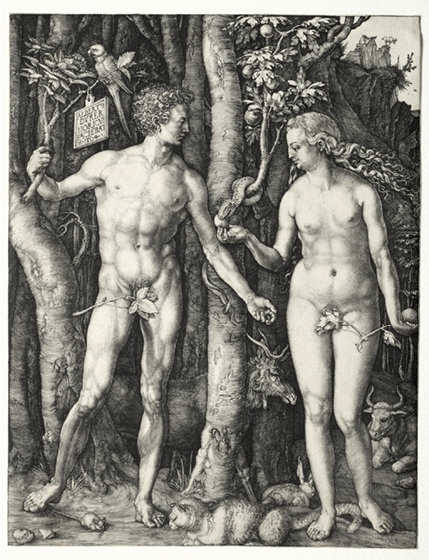
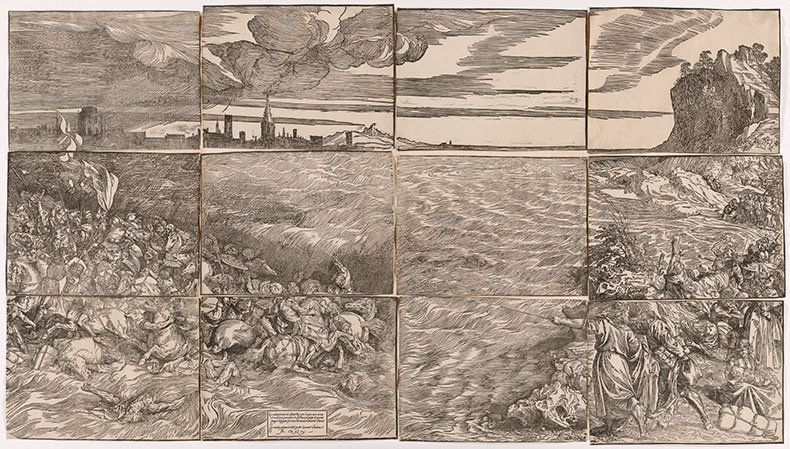



/image%2F1371349%2F20240412%2Fob_258f9b_ash-ashm-wa2008-89-001.jpg)
/image%2F1371349%2F20240412%2Fob_d5ebdf_10105187116-db17b2f5ff-b.jpg)
/image%2F1371349%2F20240412%2Fob_efd409_dp811857.jpg)
/http%3A%2F%2Fstorage.canalblog.com%2F04%2F81%2F119589%2F128791640_o.jpg)